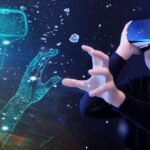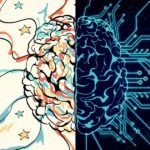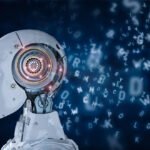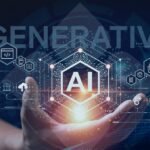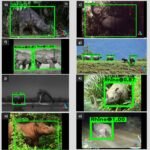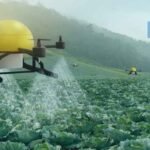Reinforcement Learning: Training AI Agents to Make Decisions
Reinforcement Learning (RL) is a powerful subset of machine learning that focuses on training artificial intelligence (AI) agents to make decisions through trial and error. Unlike supervised learning, where the AI model learns from labeled examples, RL agents learn from interacting with their environment and receiving feedback in the form of rewards or penalties. In this blog, we will explore the concept of reinforcement learning and its applications in training AI agents to make decisions.
The Basics of Reinforcement Learning
Reinforcement learning involves an AI agent interacting with an environment, taking actions, and receiving feedback based on its decisions. The agent’s goal is to maximize its cumulative reward over time by learning which actions lead to desirable outcomes. The agent explores the environment through trial and error, continuously refining its decision-making process through a feedback loop of action, observation, and reward.
Markov Decision Processes (MDPs)
Markov Decision Processes provide a mathematical framework for modeling and solving reinforcement learning problems. MDPs consist of states, actions, transition probabilities, rewards, and a discount factor. The agent’s goal is to find the optimal policy, a mapping of states to actions, that maximizes the expected cumulative reward. Algorithms like Q-learning and policy gradients are commonly used to find these optimal policies.
Exploration and Exploitation
Reinforcement learning agents face the exploration-exploitation dilemma. Exploration involves trying out different actions to gather information about the environment, while exploitation involves using the current knowledge to make decisions that yield the highest expected reward. Striking a balance between exploration and exploitation is crucial to discover optimal policies without getting stuck in suboptimal solutions.
Applications in Game Playing
Reinforcement learning has gained significant attention in the field of game playing. AI agents have achieved remarkable results in games like chess, Go, and Dota 2 by learning from scratch and eventually surpassing human expertise. Deep reinforcement learning, which combines RL with deep neural networks, has enabled agents to learn directly from raw pixel inputs, making breakthroughs in complex video games.
Robotics and Control Systems
Reinforcement learning is making strides in robotics and control systems. RL agents can learn to control robotic arms, navigate environments, and perform complex tasks by optimizing their actions based on rewards and penalties. This has applications in areas such as autonomous vehicles, industrial automation, and robotic surgery. RL enables robots to adapt and learn from their experiences, leading to more efficient and intelligent autonomous systems.
Resource Management and Optimization
Reinforcement learning can be applied to resource management and optimization problems. AI agents can learn to allocate resources efficiently, optimize energy consumption, and schedule tasks based on real-time demands. RL algorithms can adapt to changing conditions and find optimal solutions in dynamic environments, making them valuable in fields like logistics, supply chain management, and network routing.
Personalized Recommendations and Advertising
Reinforcement learning is used in recommendation systems and targeted advertising. AI agents learn from user interactions, feedback, and historical data to personalize recommendations and deliver targeted ads. By maximizing user engagement and conversion rates, RL agents can optimize the delivery of content and advertisements, improving customer experiences and business outcomes.
Challenges and Future Directions
Reinforcement learning faces several challenges, including sample inefficiency, exploration in high-dimensional spaces, and addressing the trade-off between safety and performance. Future research aims to address these challenges and make RL more accessible, interpretable, and applicable to a broader range of domains. Hybrid approaches that combine reinforcement learning with other machine learning techniques are also being explored.








